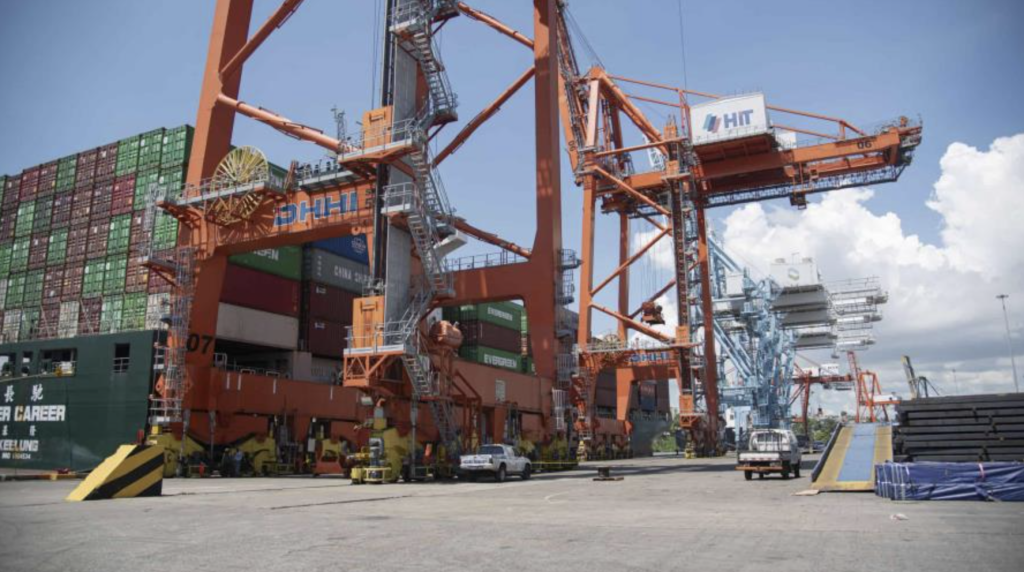
Over the years, the boom of the free zone export plants, with their generous tax incentives and labor benefits, in the Dominican Republic has given the impression the country is a strong exporter. Nevertheless, economist Ellen Perez Ducy says exports of companies outside of the free zones have staggered. She finds there is a lot of myth to Dominican exports and urges the country focus more on becoming the power house of regional exports.
Perez Ducy writes in Diario Libre that the Dominican Republic’s goods exports doubled between 2014 and 2024, rising from US$6.8 billion to US$13.8 billion. Nevertheless, of these numbers, free zone exports were 60% of the total. Domestic exports, both agricultural and industrial sectors represented a modest increase of just US$1.22 billion over a decade and a half, while free zone exports grew by over US$4 billion.
Meanwhile, mining sector exports surged from US$20.1 million to US$1.5 billion during this period, driven by rising gold prices and increased extraction volumes. Currently, doré (a gold and silver alloy) accounts for a tenth of all exports. The revitalization of gold mining quickly led this sector to surpass total agricultural exports, where cacao exports lead.
More recently, Dominican exports in 2023 and 2024 matched the amounts seen in 2021 and 2022, indicating that the growth in recent years has been more of a recovery. Comparing the country’s trade trajectory with other DR-CAFTA member countries in the region reveals that the Dominican Republic follows the general trend. This suggests that the growth of trade with its main importing partner doesn’t significantly stand out from its general environment.
She writes that the United States and Puerto Rico absorb almost two-thirds of the Dominican Republic’s total exports. Faced with the potential imposition of tariffs on US imports, which could decrease export volume due to price pass-through effects, some have proclaimed that the solution lies in exporting to other markets.
She mentions that Dominican agricultural exports mainly consist of cacao and bananas, each exceeding US$200 million in 2024, followed distantly by avocados and bell peppers. Africa and Asia produce very similar agricultural products to ours, in larger volumes and closer to major alternative markets like Europe, the Middle East, and China. She says this situation significantly reduces our competitive possibilities. She says this is a possible explanation as to why exports to China remain stagnant at lower values. In fact, our international trade structure remains practically unchanged.
She mentions among that other domestic industrial exports of significant volume are sugar, chemical products, gray cement, and plastic containers and baseball caps stand out as the only items that generated over $100 million in revenue in 2024. These four items represent more than half of industrial exports.
In her concluding remarks, she says that Haiti, Cuba and Guyana continue to be strong markets for local produce. This in addition to the US where a significant diaspora buys nostalgic products that range from hair relaxers to cookies, rum and beer. She mentions that Cuba imports more from the DR than from Spain.
She also mentions that the US, Switzerland and India (for refining raw gold) absorb half of all national exports.
In her concluding remarks she calls for the further diversification of export markets for national products with an emphasis on the regional level, and stresses “particularly in markets less developed than our own.” She recommends that the country dedicate its trade promotion efforts to these.
Read more in Spanish:
Diario Libre
17 July 2025

